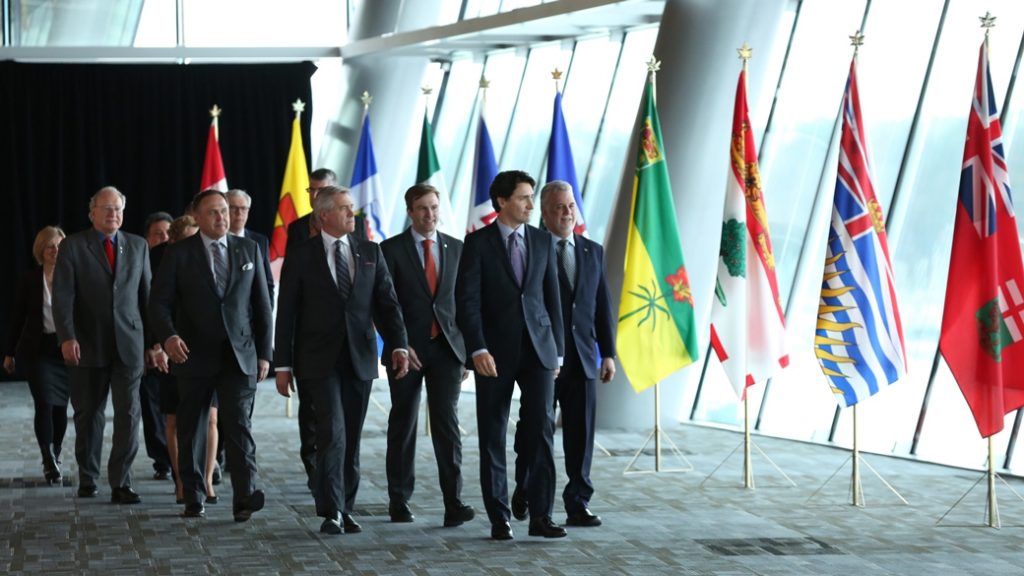Canadians have an incredible opportunity before us. The federal government has committed to creating a climate change plan for Canada in consultation with provinces, First Nations, stakeholders, and citizens.
You can help. Send a letter to the federal government urging Canada to become a global climate leader by building an ambitious climate action plan. You can also attend a climate town hall near you.
Climate leadership requires action across all economic sectors and in all provinces and territories. A comprehensive approach to fighting climate change won’t be easy, but it’s critical for success. Because of the enormous costs of the impacts of climate change, like more frequent and severe natural disasters and higher prices for food and insurance, doing nothing is far more costly than taking action. Many climate action measures, like investment in public transit, more efficient homes and buildings, local renewable energy, will save money for individual Canadians and the country as a whole.
Canada showed leadership in December by pushing for the Paris Agreement. It committed to limit global warming to well below 2 degrees Celsius above pre-industrial levels and championed the effort to limit the temperature increase to 1.5 degrees Celsius. Now the Canadian government must align Canada’s policies to fulfill that goal. That means significantly strengthening our current carbon pollution targets.
What should Canada’s climate action plan look like? Environmental Defence has worked with environmental groups across the country to develop a comprehensive climate change framework—one the federal government can use. It’s a proposal for Canada to do its fair share to fulfill the Paris Agreement by putting a national price on carbon pollution, phasing out fossil fuels, protecting biodiversity, and building a 21st century low-carbon, clean economy by cutting emissions from transportation, buildings, industry, electricity, and infrastructure. Read our complete brief here.
It also means aligning energy and industrial development in Canada with the 1.5 degree Celsius limit. All future projects and policies should be subject to a climate test that assesses greenhouse gas (GHG) emissions and the need for projects and policies in a world where countries are living up to the Paris Agreement.
The atmosphere can no longer be a free dumping ground for carbon pollution. A Canadian climate change framework will not be complete without a pan-Canadian carbon price geared toward achieving a maximum 1.5 degrees Celsius temperature increase. That means introducing an escalating carbon price that is predictable for businesses and fair to low-income households, communities and workers.
In building a clean economy, one of the first steps is to stop subsidizing polluters, which amounts to a negative price on carbon. This means immediately announcing a schedule to phase out subsidies to the fossil fuel industry by 2020 and working with the provinces to achieve the same at the provincial level.
Tackling climate change in a meaningful way will require using renewable electricity to power our daily activities far more than we do today. In addition to pricing carbon and eliminating fossil fuel subsidies, Canada should develop a national electrification strategy. This means developing specific plans and policies to phase out natural gas, gasoline, diesel and coal, maximize renewables and energy efficiency, and build a smart, integrated electricity grid. It also means a comprehensive suite of initiatives aimed at reducing GHG emissions from our homes, vehicles, buildings and workplaces.
It’s encouraging to see the federal government moving forward with a comprehensive plan to tackle climate change and build a low-carbon clean economy. After a decade of lost opportunities, now is our chance to make this plan as ambitious as possible. Help Canada finally get on track to become a global climate leader!










